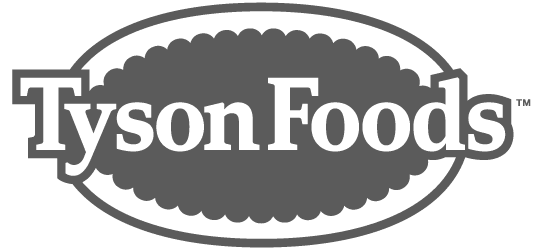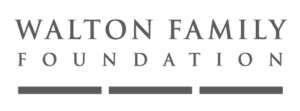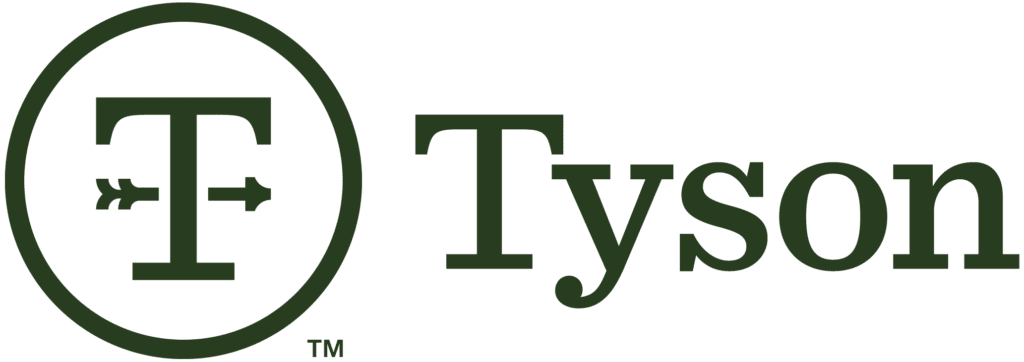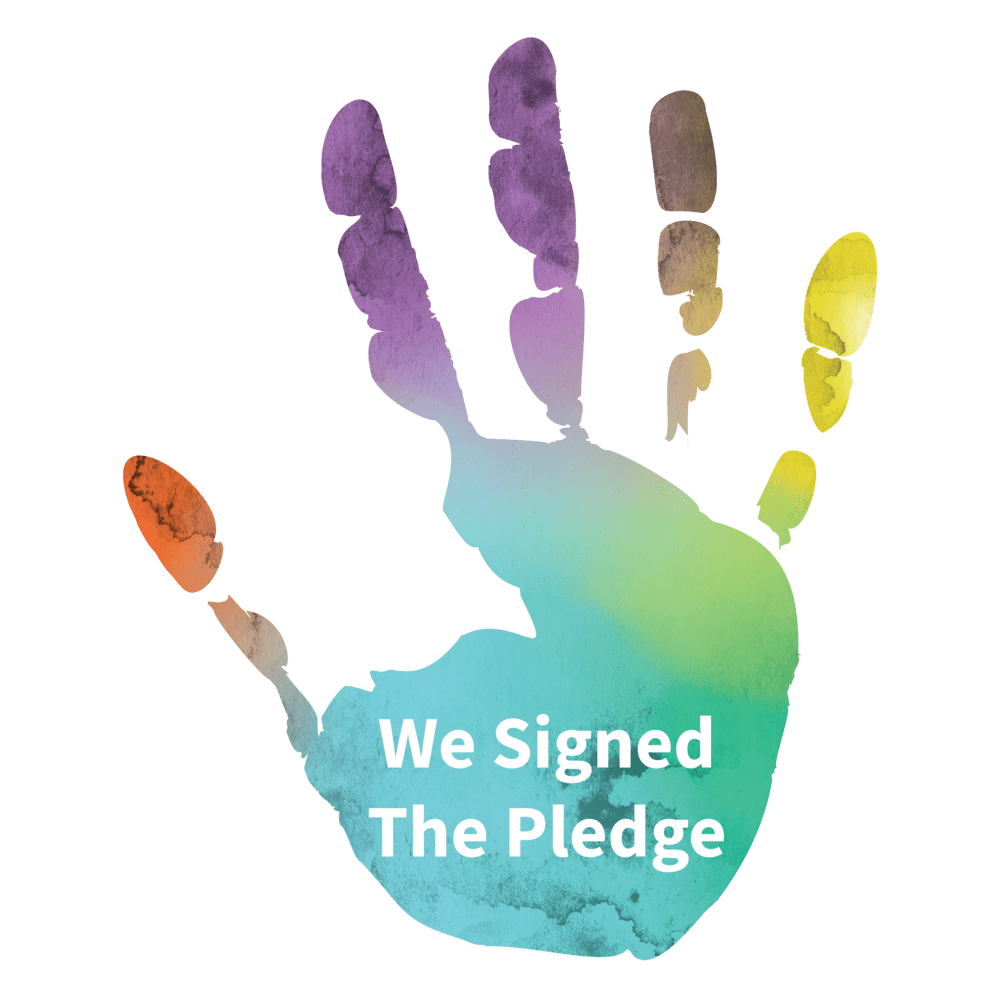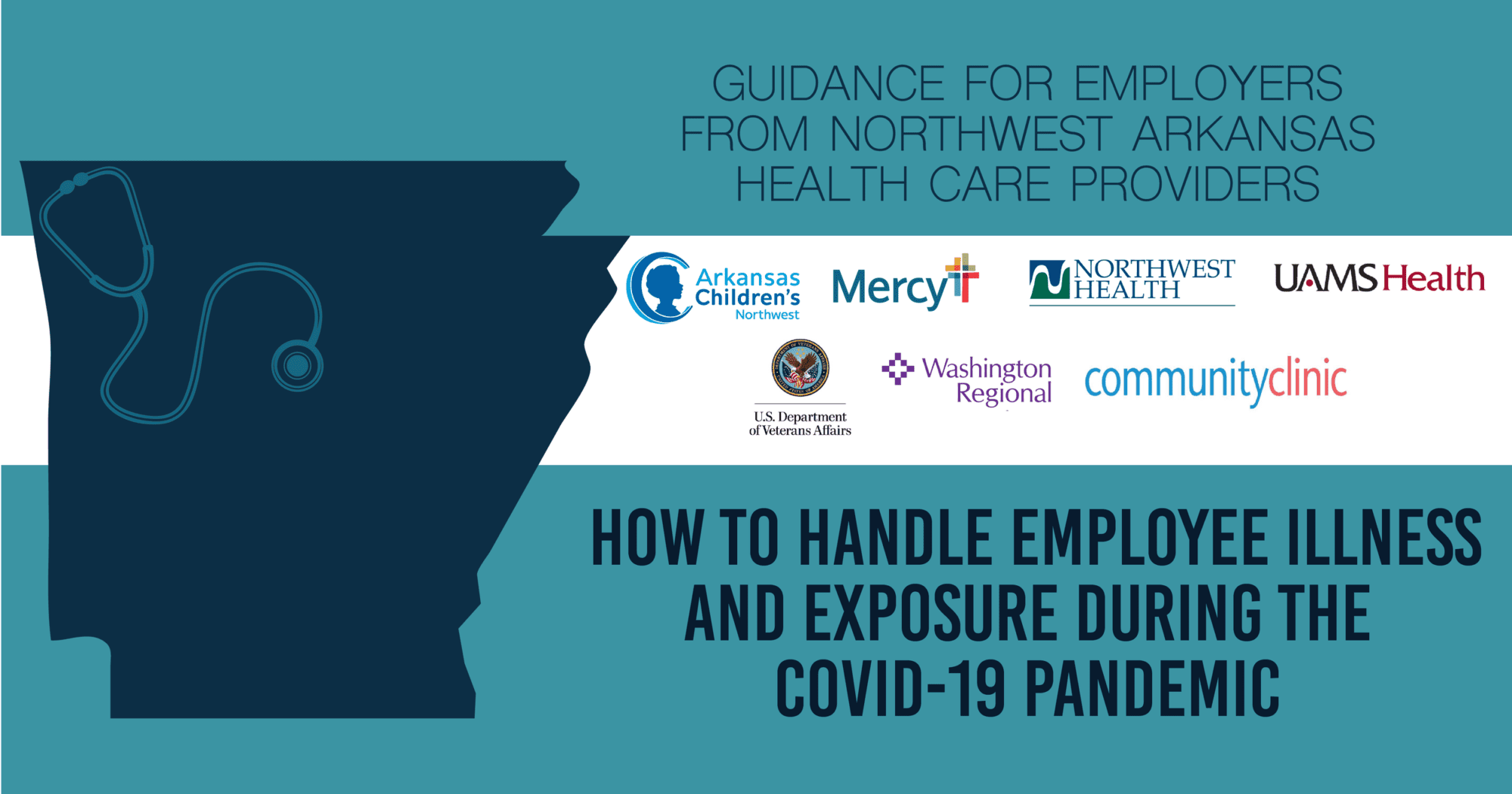
BASIC COVID-19 GUIDANCE FOR EMPLOYERS
-
Employees should wash their hands or use alcohol-based hand sanitizers frequently.
-
Employees should wear cloth masks when around others.
-
Employees should stay home if they are sick.
-
Clean and disinfect frequently touched objects and surfaces such as workstations, keyboards, telephones, handrails and doorknobs.
-
Practice social distancing by avoiding in-person meetings and large gatherings and staying six-feet away from others when possible.
-
Maintain flexible policies that permit employees who are sick or who need to care for sick family members to stay home.
WHAT TO DO IN SPECIFIC SITUATIONS WITH EMPLOYEES
EMPLOYEES WHO HAVE A FEVER OR WHO ARE ILL
What to do if an employee has a temperature > 100.4° when arriving to work or is sick with respiratory symptoms at work with no known exposure to COVID-19:
-
Give the employee a note with the temperature written down, ask them to call their primary care provider’s (PCP) office or a local urgent care center for guidance and to schedule either a video or in-person visit.
-
The employee may not meet current testing criteria for COVID-19, so he or she should NOT be asked to try and obtain a COVID-19 test. The employee should be fever-free for 48-72 hours before returning to work.
What to do if an employee is sick and thinks they may have been exposed to COVID-19, but is not sure:
-
If the employee is calling in from home, have them call their PCP’s office or a local COVID-19 screening hotline for guidance.
-
If the employee is sick at work, isolate the employee away from other employees, then call the PCP’s office or a local COVID-19 screening hotline for guidance.
-
An employee should be fever-free for 48-72 hours before returning to work. The employee may not meet current testing criteria for COVID-19, so should NOT be required to obtain a COVID-19 test before returning to work.
What to do if an employee is sick and has had a close contact or household member with known or suspected COVID-19:
-
If the employee is calling in from home, have them call their PCP’s office, a local COVID-19 screening hotline or the Arkansas Department of Health (ADH) for guidance about being tested.
-
If the employee is sick at work, isolate the employee away from other employees immediately, call the PCP’s office, a local COVID-19 screening hotline or the ADH for guidance about being tested.
-
The employee should self-isolate at home until they have recovered and should follow any instructions given to them by the ADH.
What to do if an employee is diagnosed with COVID-19:
-
The employee should self-isolate at home and follow any instructions given to them by their PCP or the ADH.
-
Current Centers for Disease Control and Prevention (CDC) guidance states that the employee may return to work if at least 72 hours have passed since recovery (defined as no fever without the use of fever-reducing medicine AND improvement in respiratory symptoms) AND at least seven days have passed since symptoms first appeared.
-
See below for guidelines for how to manage coworkers who may have been in contact with an employee diagnosed with COVID-19.
EMPLOYEES WITH POSSIBLE OR KNOWN EXPOSURE TO COVID-19 WHO ARE NOT ILL
What to do if an employee thinks they might have been exposed to someone with COVID-19 but are not sure or has had a “secondary exposure” to someone with confirmed COVID-19 (for example, a friend of their spouse, daycare provider of their children, employee of a business they were in briefly):
-
The employee should monitor themselves for symptoms of fever, cough or shortness of breath (checking their temperature daily or twice daily may be advisable).
-
Unless the employee develops a fever or other symptoms, they should be allowed to continue to work and do not need to be tested.
What to do if someone with known or suspected COVID-19 has recently been in your workplace or one of your employees tests positive:
-
The key to workplace exposure is whether there has been “Close Contact” or not. OSHA defines close contact as:
-
Any employee who has been in close face-to-face or touching contact.
-
Anyone talking with or being coughed on for any length of time while the employee was symptomatic.
-
Anyone who has cleaned up any bodily fluids.
-
Close friendship groups or workgroups.
-
-
Anyone in close contact should self-isolate at home for 14 days from the last time they had contact with the confirmed case and follow any guidance received from the ADH.
-
If they develop symptoms, they should be tested for COVID-19, then follow any guidance from the ADH or their PCP.
-
If they do not develop symptoms, they should be allowed to return to work after 14 days, and do not need to be tested.
-
-
Anyone not in close contact should monitor themselves for symptoms and should be allowed to continue to work as long as they do not have symptoms.
-
Always follow any additional guidance received by the ADH.
What to do if a household member of an employee tests positive for COVID-19:
-
The employee with the household contact should self-isolate at home for 14 days from the last time they had contact with the confirmed case, monitor themselves for symptoms and follow any guidance received from the ADH.
-
If the employee develops symptoms, follow ADH or the PCP’s guidance about being tested.
-
If the employee does not develop symptoms, they should be allowed to work after 14 days and do not need to be tested.
-
-
Always follow any additional guidance received from the ADH.
RETURN TO WORK CLEARANCES AND NOTES
Employees are often asked by their employers to provide a “doctor’s note” or a clearance that they can return to work after they interact with the health care system.
-
CDC recommends that employers NOT require a COVID-19 test result or a health care provider’s note for employees who are sick to validate their illness, qualify for sick leave or to return to work.
-
We encourage you to follow CDC and World Health Organization (WHO) guidelines outlined here and, in the references, which specifically address whether or not employees can return to work and remain in the workplace in various situations.
Note that we continue to learn about COVID-19 and recommendations can change frequently. Please keep up to date with CDC and WHO guidelines.
REFERENCES
https://www.cdc.gov/coronavirus/2019-ncov/community/guidance-business-response.html
https://www.cdc.gov/coronavirus/2019-ncov/hcp/disposition-in-home-patients.html
CONTACT INFORMATION
MERCY NORTHWEST ARKANSAS
Mercy COVID-19 Screening Line
479-717-7587
Mercy Doctor Finder & Same Day Appointments
888-338-3885
Mercy Hospital
479-338-8000
Spanish speaking screeners are available. All other languages are supported with phone translators.
WASHINGTON REGIONAL MEDICAL CENTER
Washington Regional Coronavirus (COVID-19) Screening Hotline
479-463-2055
Washington Regional Hospital
479-463-1000
ARKANSAS CHILDREN’S NORTHWEST
Arkansas Children’s Call Center
1-800-743-3616
ARKANSAS DEPARTMENT OF HEALTH
Arkansas Department of Health Call Center
1-800-803-7847 (8 a.m. to 4:30 p.m.)
501-661-2136 (after hours)
COMMUNITY CLINIC
Community Clinic Screening Line
479-751-7417
NORTHWEST HEALTH SYSTEM
Northwest COVID-19 Screening Line
479-306-7507
UAMS NORTHWEST
COVID-19 UAMS Hotline
1-800-632-4502
Spanish-speaking and Marshallese-speaking screeners are available.
VETERANS HEALTH CARE SYSTEM OF THE OZARKS
Veterans enrolled in VA health care COVID-19 Screening Line
800-691-8387













